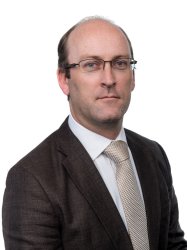BibTex format
@article{Edwards:2019:10.1007/s10518-018-0479-5,
author = {Edwards, B and Zurek, B and van, Dedem E and Stafford, PJ and Oates, S and van, Elk J and DeMartin, B and Bommer, J},
doi = {10.1007/s10518-018-0479-5},
journal = {Bulletin of Earthquake Engineering},
pages = {4441--4456},
title = {Simulations for the development of a ground motion model for induced seismicity in the Groningen gas field, the Netherlands},
url = {http://dx.doi.org/10.1007/s10518-018-0479-5},
volume = {17},
year = {2019}
}

